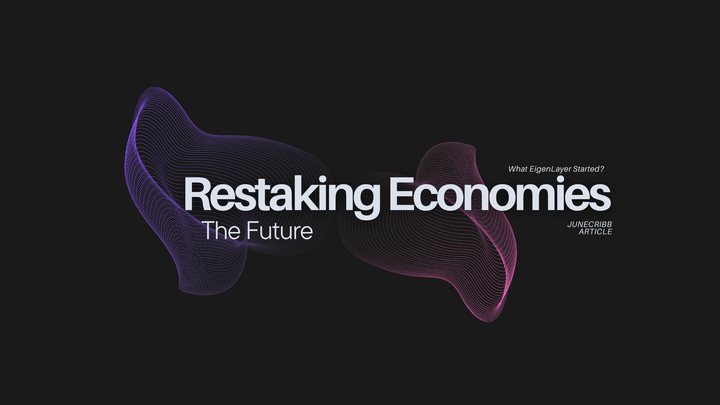The Silent Force in the Crypto Market: Who Are Whales, What Do They Do, and Why Are They Followed?

In the crypto markets, prices can sometimes rise sharply and drop just as quickly. Behind these sharp movements are often investors large enough to significantly influence the market. These major players are referred to as “whales” in the crypto world. But being a whale isn’t just about holding a large number of coins—it also means having enough influence to sway the emotions of many market participants.
In this article, we’ll explain who crypto whales are, how they operate, how they can be identified, and why investors should monitor their activities.
What Does Whale Mean? Who Is Considered a Crypto Whale?
A crypto whale is an individual or entity that holds a very large amount of a specific cryptocurrency. These parties have the capacity to make large transactions that can significantly impact the market.
For example, let’s consider Bitcoin. An investor holding 10,000 BTC can have a serious influence on the market. In altcoins with smaller market caps, even lower amounts can be impactful. So, it’s not just the size of your holding that matters, but also the percentage of the total supply you own.
A Simple Example:
A person holding $1 million worth of Bitcoin may own only 0.01% of the total supply.
But if that same person holds 5% of a small-cap altcoin, they are considered a whale in that altcoin’s market, while still a small player in Bitcoin.
That’s why the definition of a whale is relative. It should be assessed individually for each coin.

How Do Crypto Whales Influence the Market?
Whale movements often lead to price volatility in the market. This happens for several reasons:
- Liquidity Impact: If a whale makes a large buy, the price can spike rapidly. Likewise, large sales can cause sharp declines.
- Psychological Impact: Other investors may panic or get excited when they see whale activity, triggering sudden buying or selling.
- Speculative Behavior: Some whales manipulate the market by executing step-by-step trades—first driving the price up, then selling off suddenly to maximize profits.
How Can We Tell When a Whale Is on the Move?
The crypto market is transparent. Every transaction is recorded on the blockchain and is publicly accessible. This makes whale activity traceable. Here are some ways to detect it:
1. Tracking via Blockchain Explorers:
Large transfers can be monitored using explorers such as:
- Etherscan (Ethereum)
- Blockchain.com (Bitcoin)
- Solscan (Solana)
Transfers of hundreds of thousands of dollars between wallets often signal whale activity.
2. Social Media and Whale Bots:
Bot accounts on platforms like Twitter (X) and Telegram share real-time alerts on major transactions. “Whale Alert” is one of the most popular examples.
Some whales also operate under pseudonyms on social media and subtly comment on their trades.
3. Volume and Chart Analysis:
Some whales split their trades into smaller parts. However, sudden spikes in volume or visible buy/sell walls may reveal their presence. Especially large buy or sell actions within a short time frame should be closely watched.

Why Do Investors Follow Whales?
Many investors aim to take early positions by following whales. That’s because whales often have access to more information, connections, and analysis tools.
Advantages:
- Ability to predict market direction early
- Opportunity to buy or sell ahead of major moves
- Insights into market sentiment
Example:
A whale might quietly accumulate tokens of a DeFi project after learning of a major upcoming partnership. Investors who spot this can position themselves early before the price jumps.
But this advantage also comes with a dark side.
Is Whale Tracking Risky?
Yes, following whales can be just as risky as it is advantageous. Here’s why:
- Manipulation Risk: Whales can pump a price and then dump it, leaving small investors at a loss.
- Misleading Transactions: Whales may use “fake” trades to mislead the market.
- Information Asymmetry: Whales often have access to private information unavailable to regular investors.
- Emotional Influence: You may react to a whale’s move without knowing their actual intention—it could just be a wallet transfer, but you panic-sell.
Therefore, whale activity should only serve as one data point in your decision-making process—not the sole basis for investment decisions.
Are Whales Always Rational?
No. Whales are humans too, and they can act emotionally, panic, or make decisions based on false information. Just because someone holds a large amount of crypto doesn’t mean every move they make is “correct.” Investors must do their own research and avoid blindly following others.
Conclusion: Is Following Whales a Smart Strategy?
Tracking whale movements in the crypto world can provide investors with a broader view of the market. By identifying large-volume transactions, it’s possible to anticipate potential shifts.
However:
- Only following whales
- Not doing your own analysis
- Making decisions based on surface-level info
…can put an investor in a difficult position.
The best strategy is to monitor whale activity while also analyzing the fundamentals of the project—its liquidity, use cases, and community size.
In other words: Watch the whales, but don’t follow blindly


Comments ()